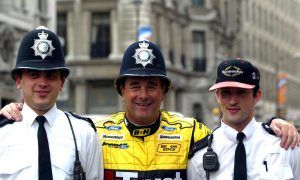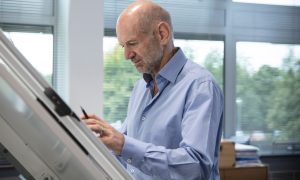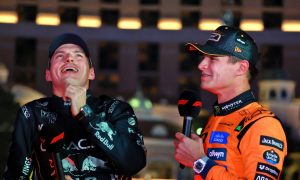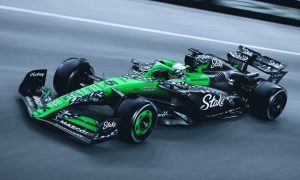
F1 chief Ross Brawn doesn't believe any F1 team has worked on an aerodynamic design that purposefully disrupts the wake of their car to hinder a rival machine's ability to follow closely or overtake.
The all-new technical regulations implemented this year by F1 are based on a radical approach to aerodynamics that mainly uses ground effects to generate downforce instead of a car's front and rear wings.
The overriding objective of the new set of rules is to greatly clean up a car's aerodynamic wake or reduce the turbulent nature of the whirlwind of air that rushes off a car's rear wing and which impacts the downforce of a following car.
Less disruption allows a driver to follow more closely which in turn should facilitate overtaking and boost the show on the track.
Presented with the idea that a team may have focused part of its 2022 design efforts on recreating a mass of turbulent air behind its car to hamper a rival driver's ability to follow closely, Brawn believes F1's new cars may eventually lose their capacity to follow each other closely, but not by design.
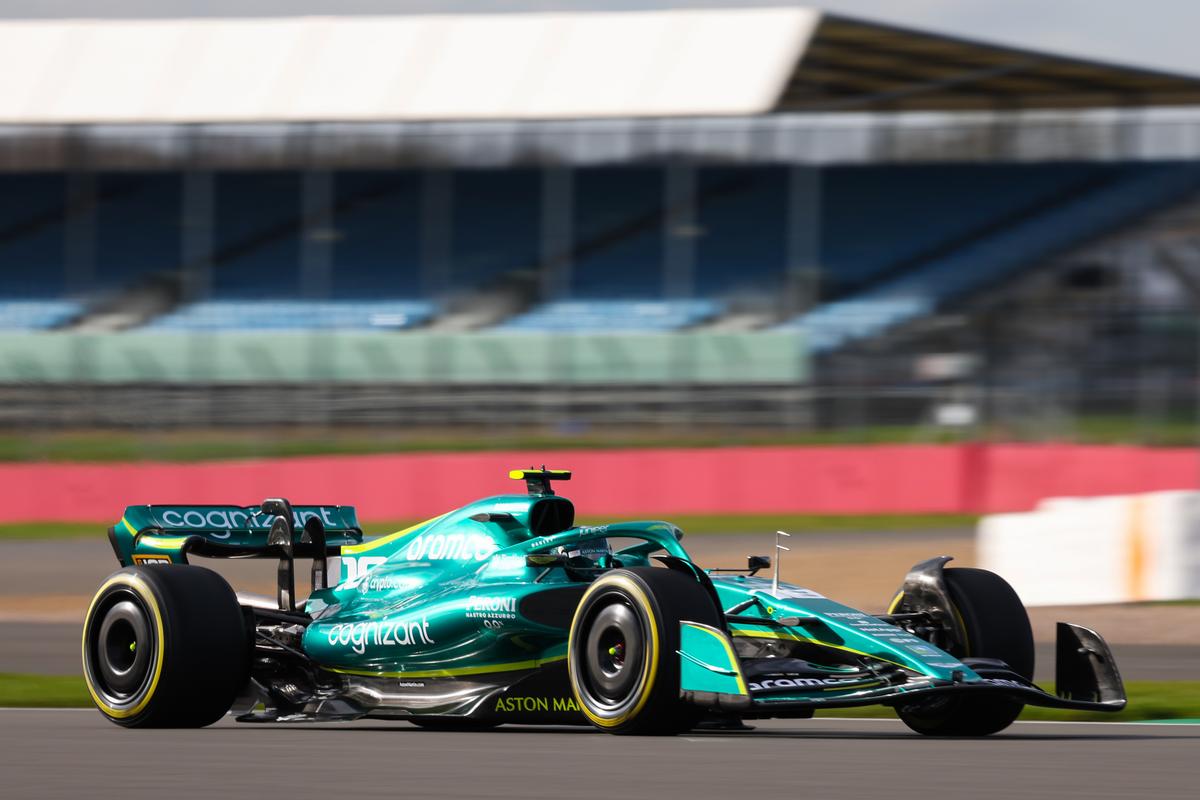
"I think that any loss of this ability to follow will be an accidental consequence of the pursuit of performance," said Brawn, quoted by Motorsport.com.
"I don’t think any team ever set out to purposely damage the wake so a car can’t follow it. There’s not enough time, there’s not enough resource. You’ve just got to pursue lap time the whole time. So that would never happen in my view.
"As a consequence of pursuing performance we may see that we don’t quite hit a bullseye in terms of following. But I think it will still be so massively ahead of where we were, because the cars were dreadful.
"So if we’re 5% worse [than predicted], we’ll still be a long way ahead of where the old cars are. And then as we say, we’ll evolve it."
Nikolas Tombazis, the FIA's head of single-seater matters, who was also heavily involved in the writing of F1's new regulations, admitted that savvy engineers could by design "sabotage" the wake of their car.
But the former Ferrari engineer explained why he sees no practical benefit in following such a path.
"Clearly the aerodynamicists are going to always work for the best performance of their car, in relation to their competitors," said the FIA official
"The way that development is done in the wind tunnel and in CFD, and also the fact that you have a lot of free running of your car in open air, in qualifying or other significant positions, means that it’s not practical to be designing a car just to sabotage your following car.
“You still need to make sure your car is as fast as possible and hope it doesn’t get approached by other people.
“We don't expect people to work towards these objectives just for benevolent reasons," he added.
"But we do think that the way the development happens will still keep us within those key objectives. There will be some deterioration, but not massive, we hope."
Keep up to date with all the F1 news via Facebook and Twitter



